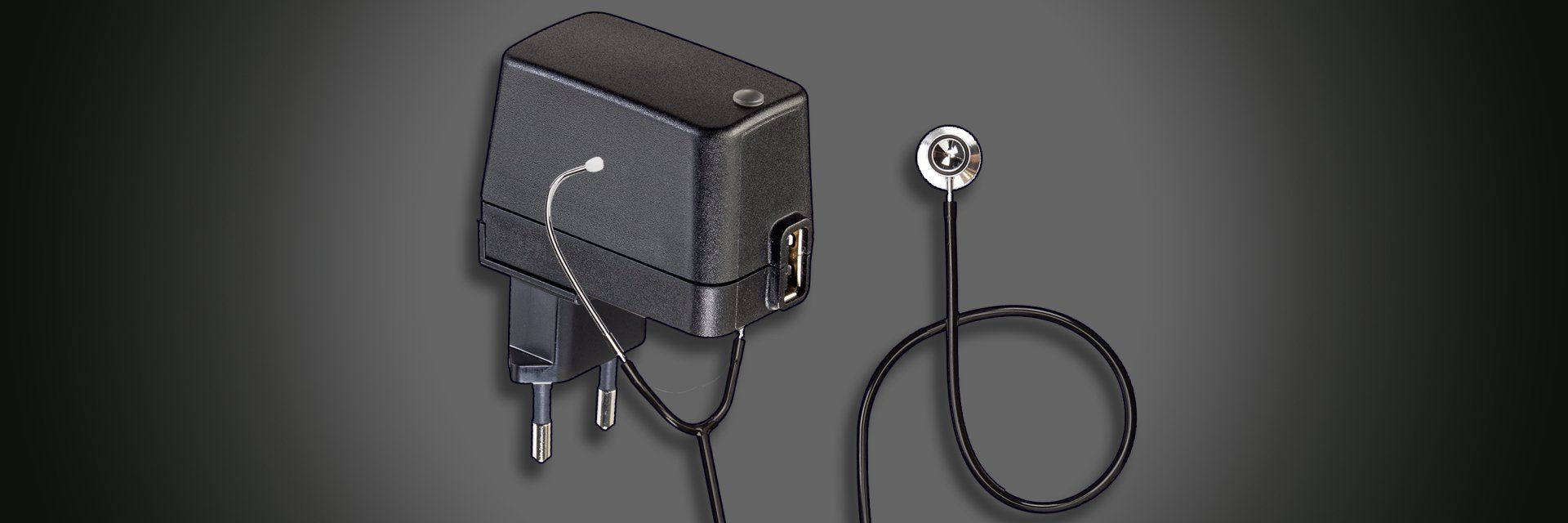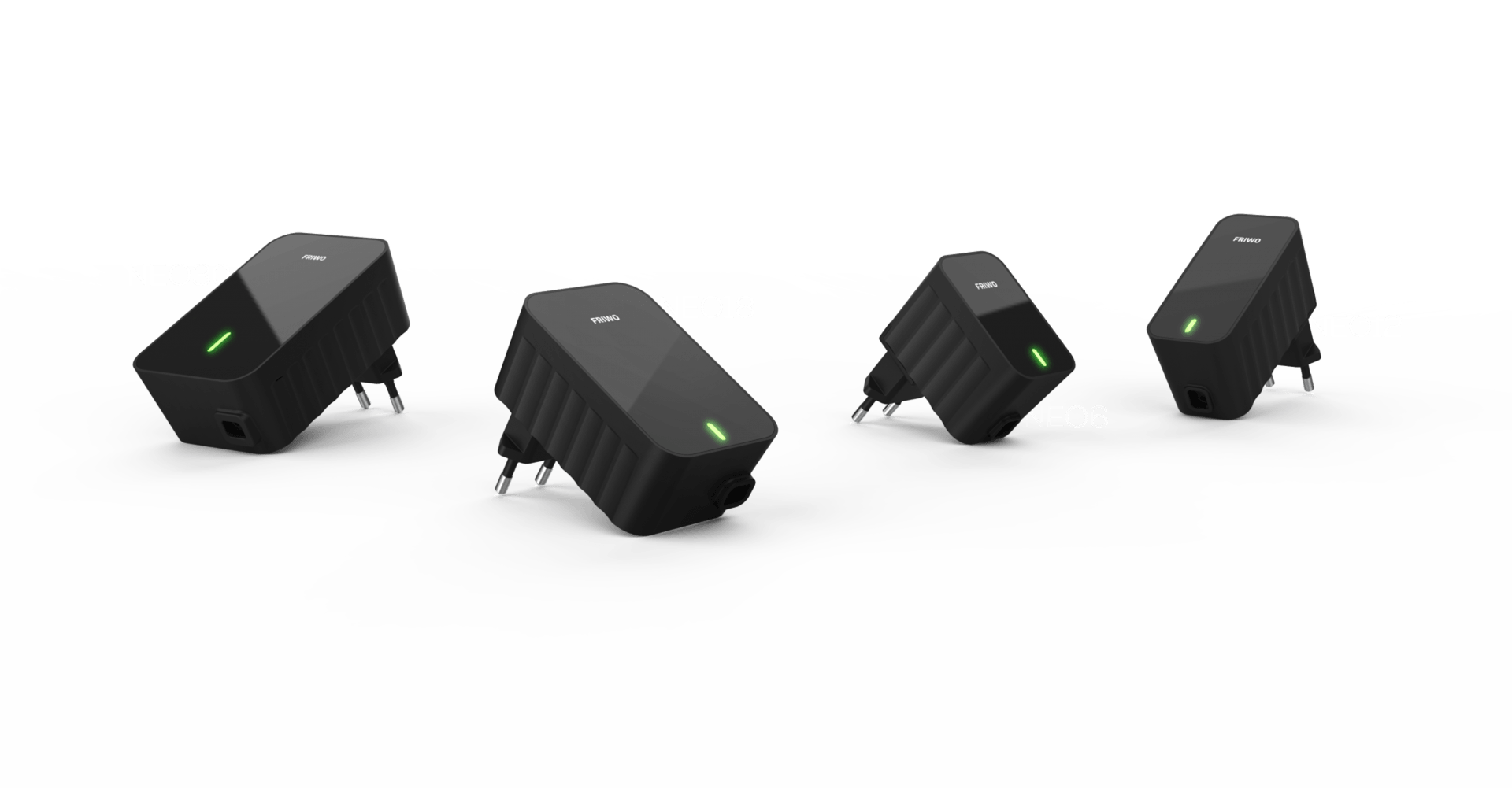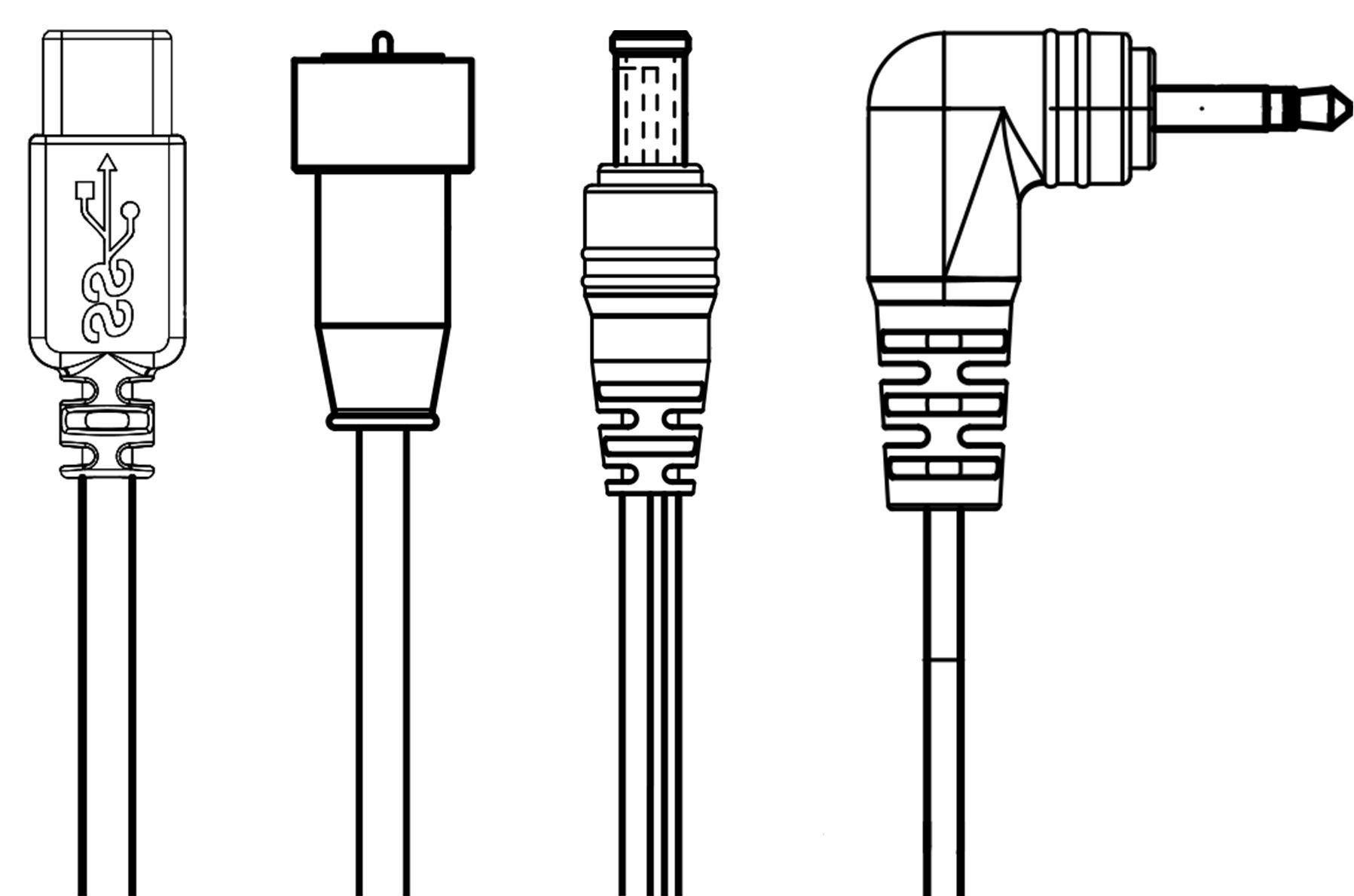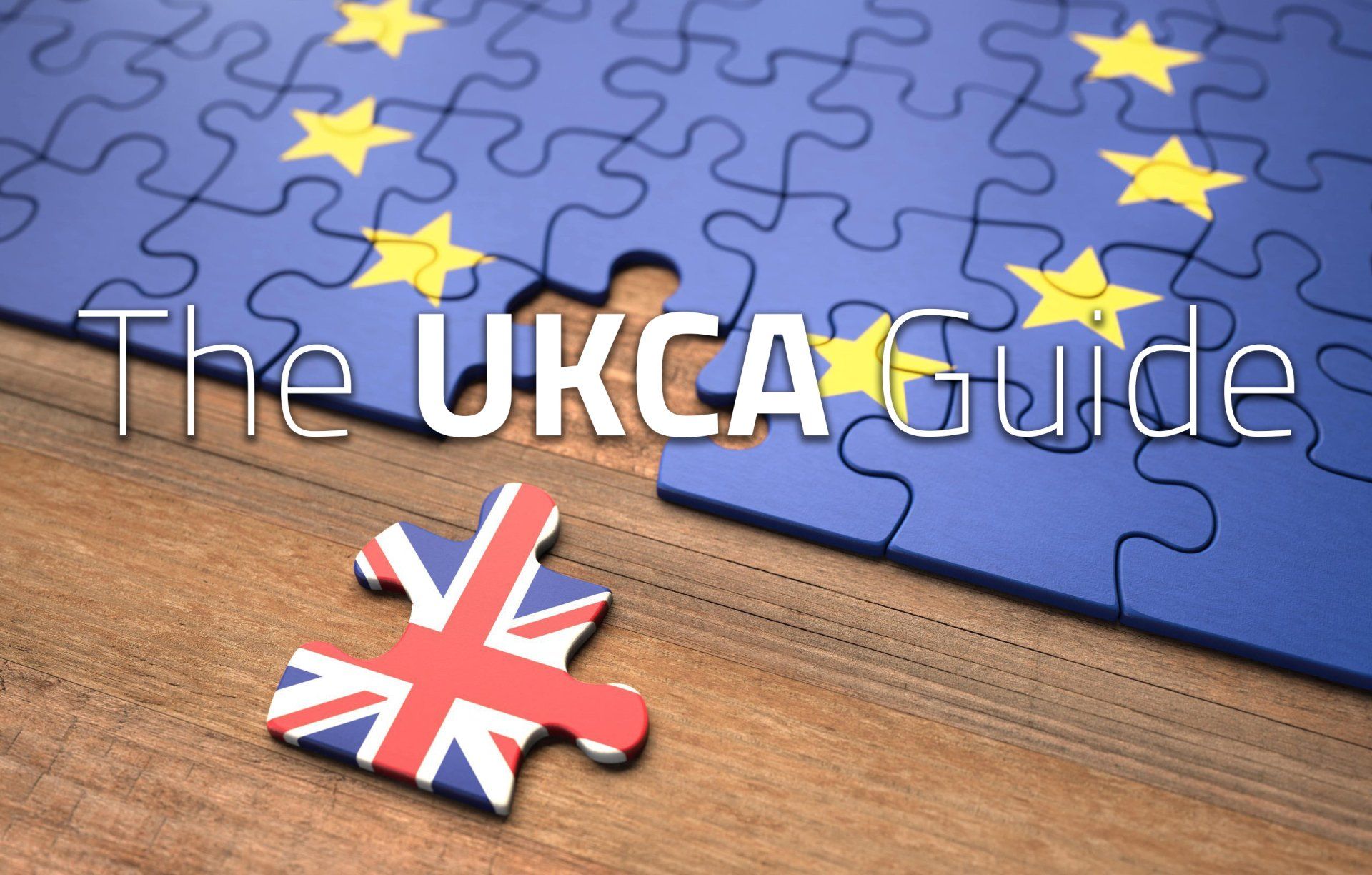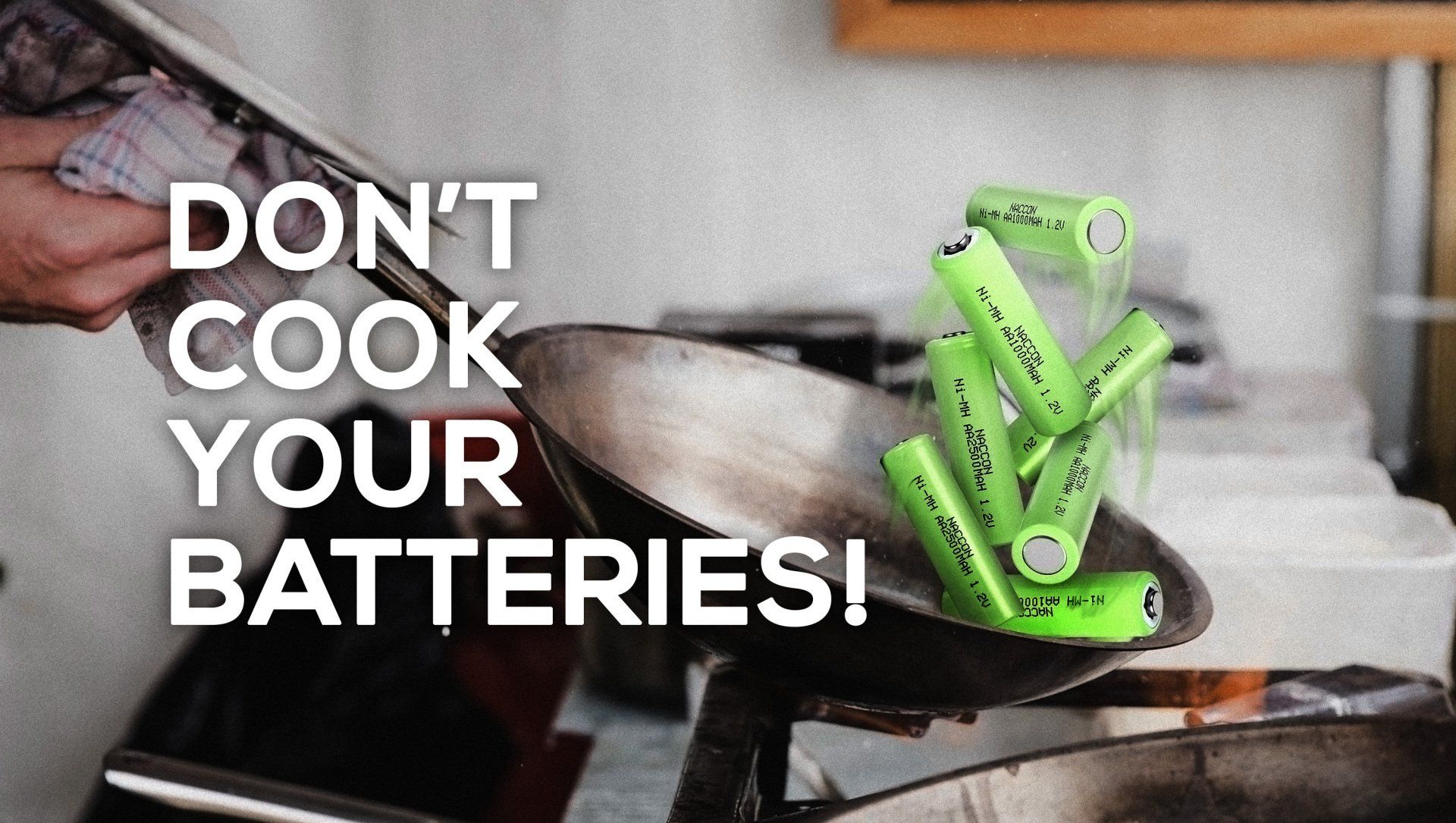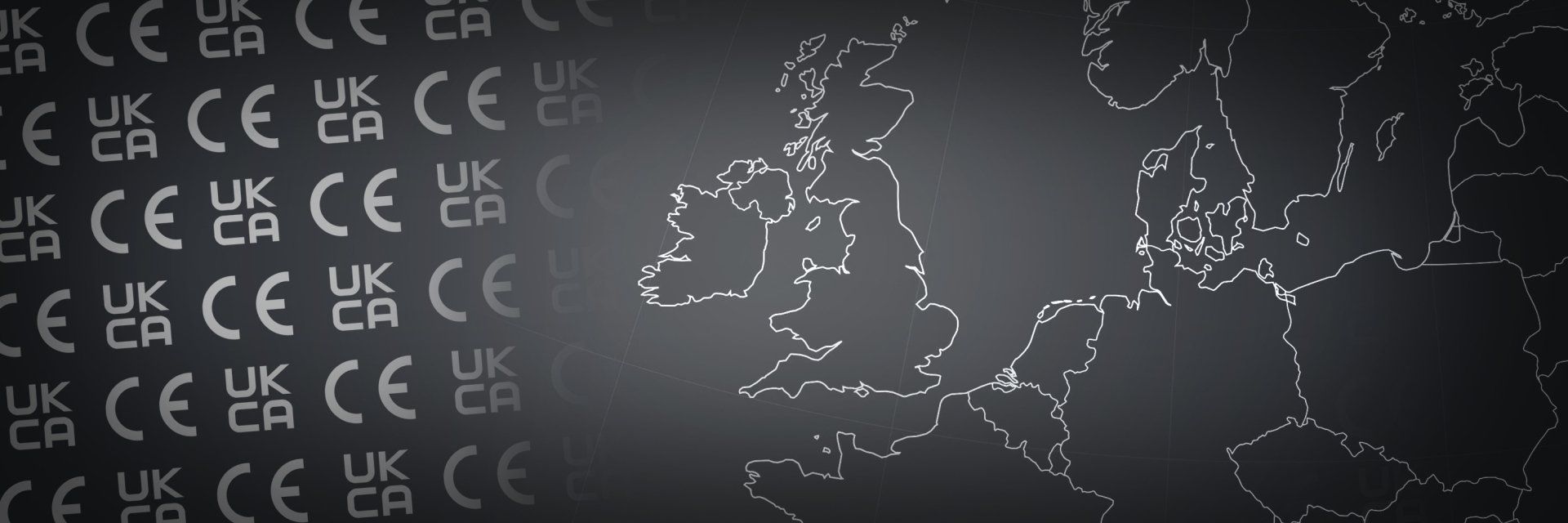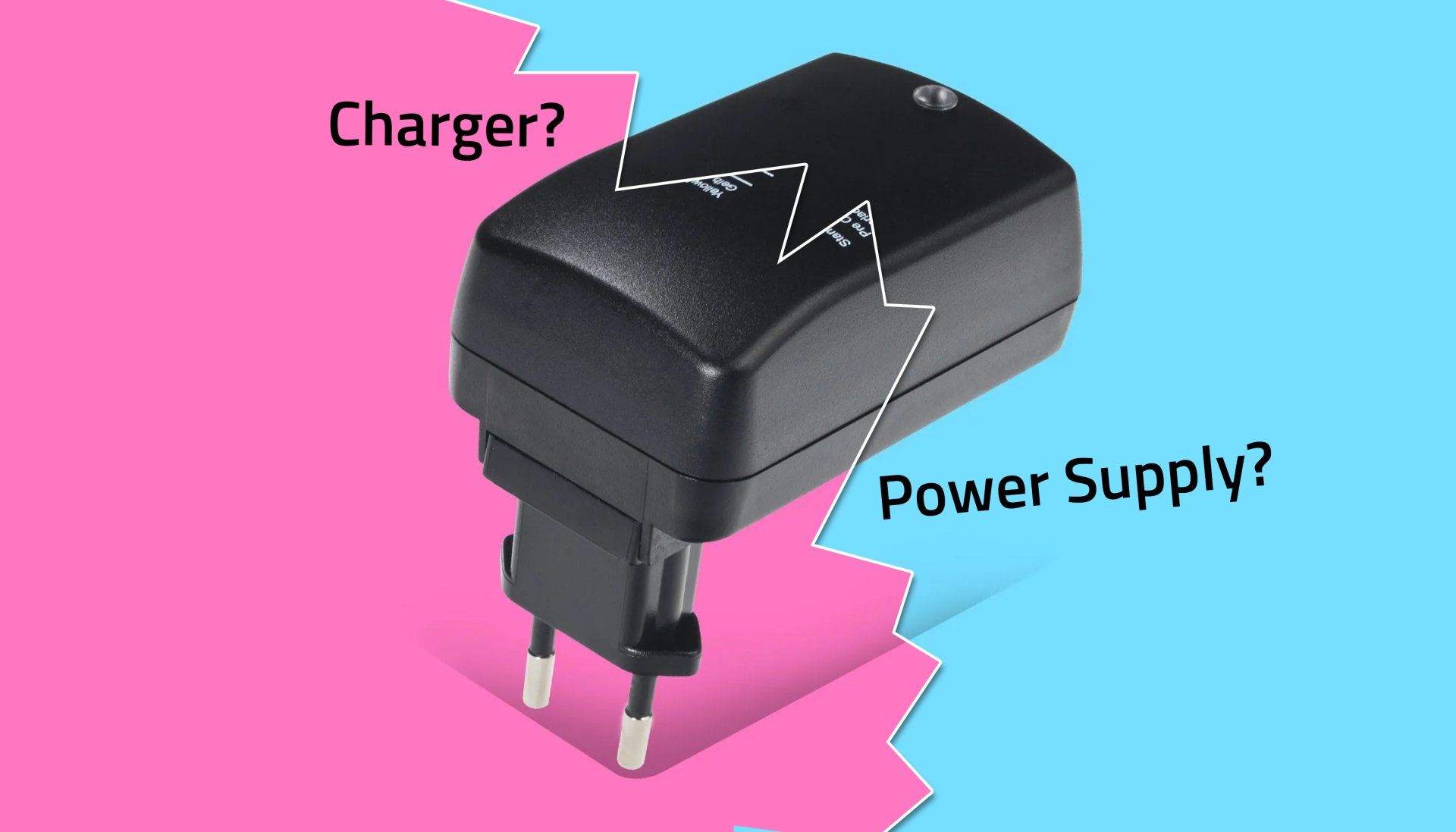Follow us
Get in touch!
Unit 6 Stoneacre
St James Retail Park
Grimbald Crag Close
Knaresborough
HG5 8PJ
What is MDR? The New Medical Device Regulation
Ben Winstanley • Oct 29, 2020
What is MDR? (Medical Device Regulation)
MDR is a new regulation issued by the European Parliament and the council of medical devices. It is replacing previous medical device directives 90/385/EEC and 93/42/EEC. The requirements of the new regulation are more complex than previously and are different per product. The vast majority of products are subject to new labelling and documentation requirements, such as;
- Requirements for a unique device identification number (UDI)
- Traceability of products
The new requirements specified by the MDR cover each role played by differing companies on the supply chain, meaning at each step there are new responsibilities to be aware of.
When does the MDR come into play?
The MDR was initially due to begin the transition in May of this year...
But due to the global pandemic it is has been postponed to 26th May 2021.
This transition deadline has to be met by all companies and suppliers by the date.
What does MDR mean for Power Supplies?
Power supplies are affected in different ways. Medical based power supplies are classified differently than before. Within the MDR, even a medical based power supply is not classed as a medical device whether this is specified for a clear medical purpose or not.
However, the MDR applies to accessories too, if the device has a clear assignment to a specific medical device it is classified as an accessory and so the MDR is applicable.
An independently produced power supply unit is not a medical device and cannot be classified as an accessory for a medical device.
The MDR therefore cannot be applied to an independently produced, standard power supply unit.
However, there are exceptions to the rule!
In some situations, a power supply unit can be classed as an accessory if:
- A medical device manufacturer clearly requests the use of a specific power supply unit and excludes the use of another PSU.
- The producer can make this clear by adding it to the information included in the device user manual, for example
- The CE declaration for the power supply unit can then be issued together with the medical device.
As general suppliers of power supplies that meet the standards of Medical Power Supplies
already we do not have the responsibility to match up to the MDRs criteria. Our power supply units are used for a range of equipment and so the onus belongs to the receiver of the power supply who is assigning our device to their chosen application to follow the requirements of the MDR.
For further information on the requirements for Power Supplies for Medical applications please take a look at our other Blog!
CONTACT US
Thank you for contacting us.
We will get back to you as soon as possible.
We will get back to you as soon as possible.
Oops, there was an error sending your message.
Please try again later.
Please try again later.
COMMENT ON THIS POST
SHARE THIS POST
While you're here, why not read some of our other blog posts?
We are 99% sure you'll learn something!
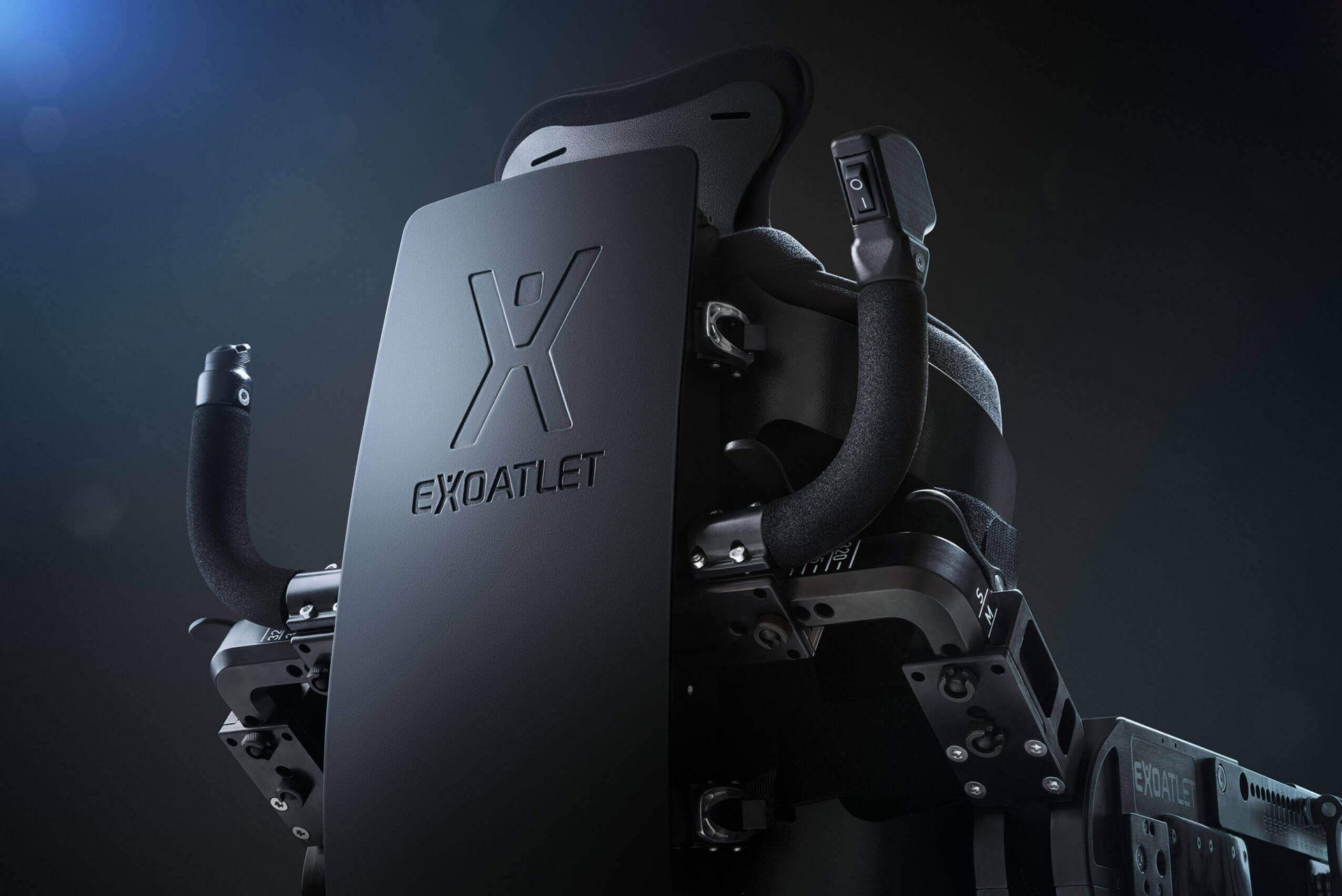
By Ben Winstanley
•
06 Oct, 2021
INDEPENDENT POWER SUPPLY FOR MEDICAL EXOSKELETONS A FRIWO systems solution in practice Finally being able to walk again. ExoAtlet, the renowned medical technology company, wants to grant that exact wish to its patients with physical disabilities. The specially designed and built exoskeleton allows people who have been confined to a wheelchair to stand freely, and without assistance, for the first time since their disability – and not only stand, but walk! The “ExoAtlet II” skeleton allows the wearer to move at different speeds as well as across different types of terrain without being hindered by stairs or other obstacles.
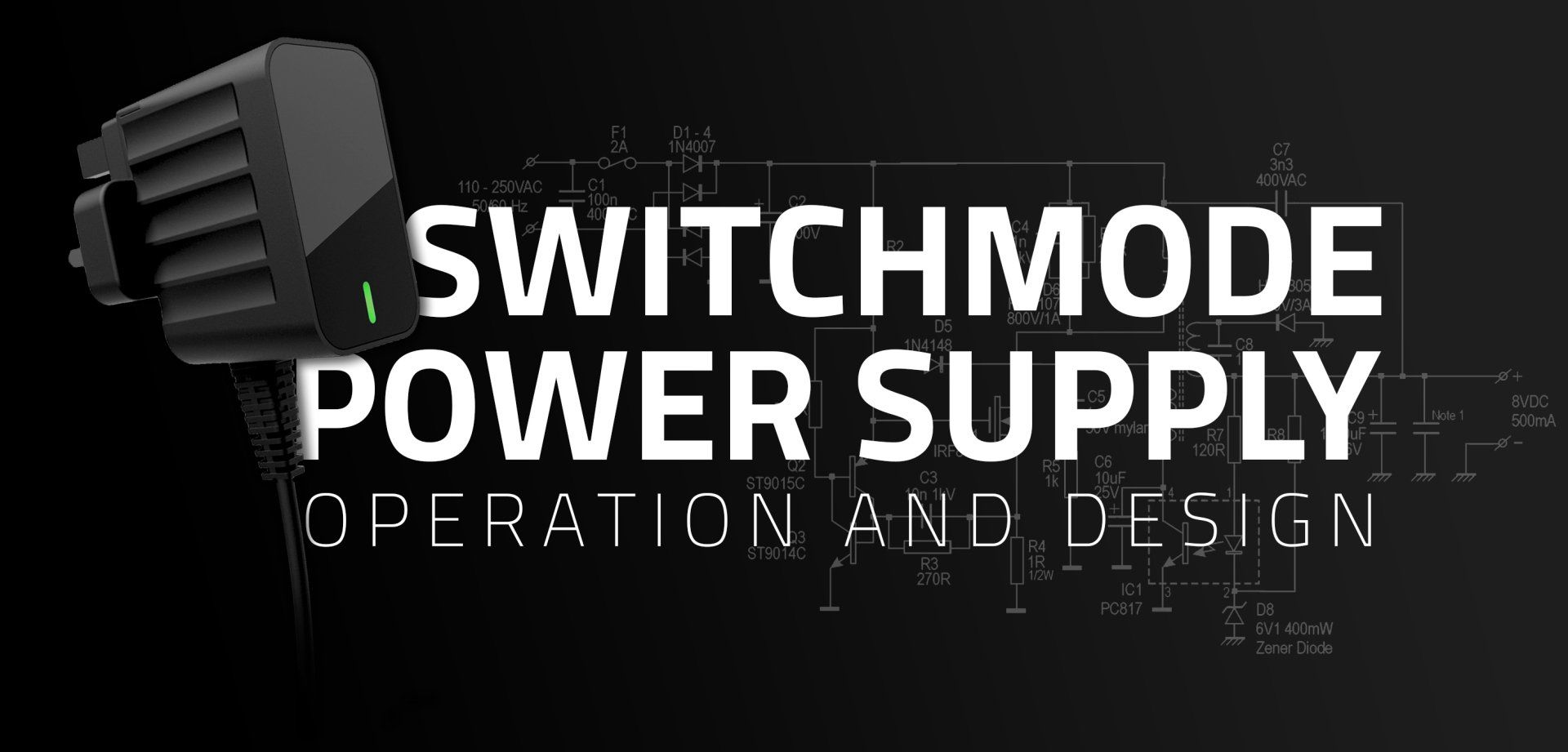
By Ben Winstanley
•
05 May, 2021
Switchmode Power Supplies vs Linear Power Supplies
The vast majority of low voltage external power supplies sold globally these days are switching (switchmode) units, as opposed to the original Linear technology, which is only considered appropriate for certain niche markets due to it’s inability to meet required efficiency standards.
In this article we will explore just some of the technical aspects & features and benefits of Switchmode topology vs Linear.
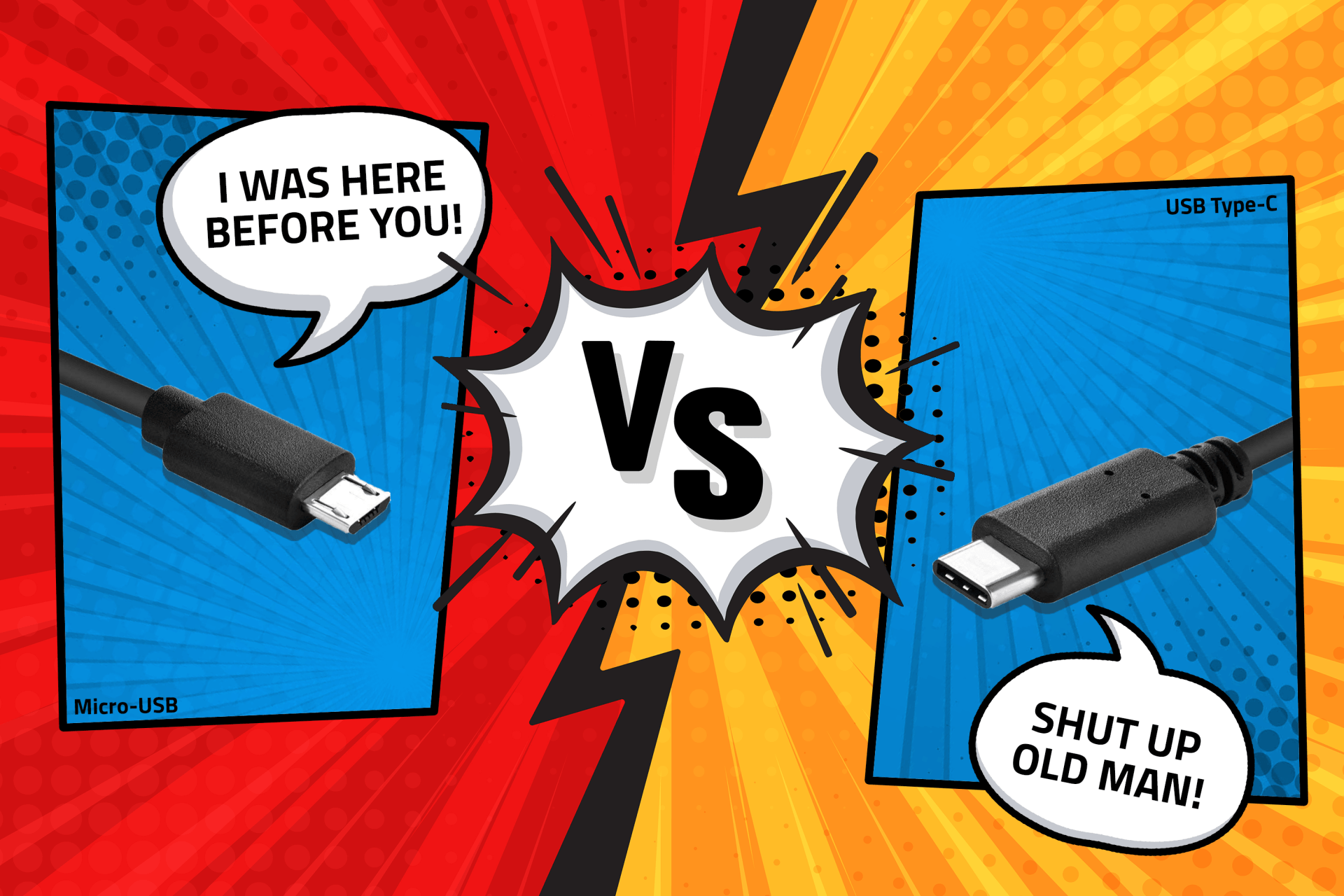
By Ben Winstanley
•
28 Jan, 2021
The micro USB connector has been the most common connector for plug top devices for the last few years, but as with everything the times are changing. This is where the Type-C USB has started to step in, with more and more pieces of tech coming with a Type-C charger rather than the old favourite. So the question is why? If the old micro USB isn’t broken then why ‘fix’ it?
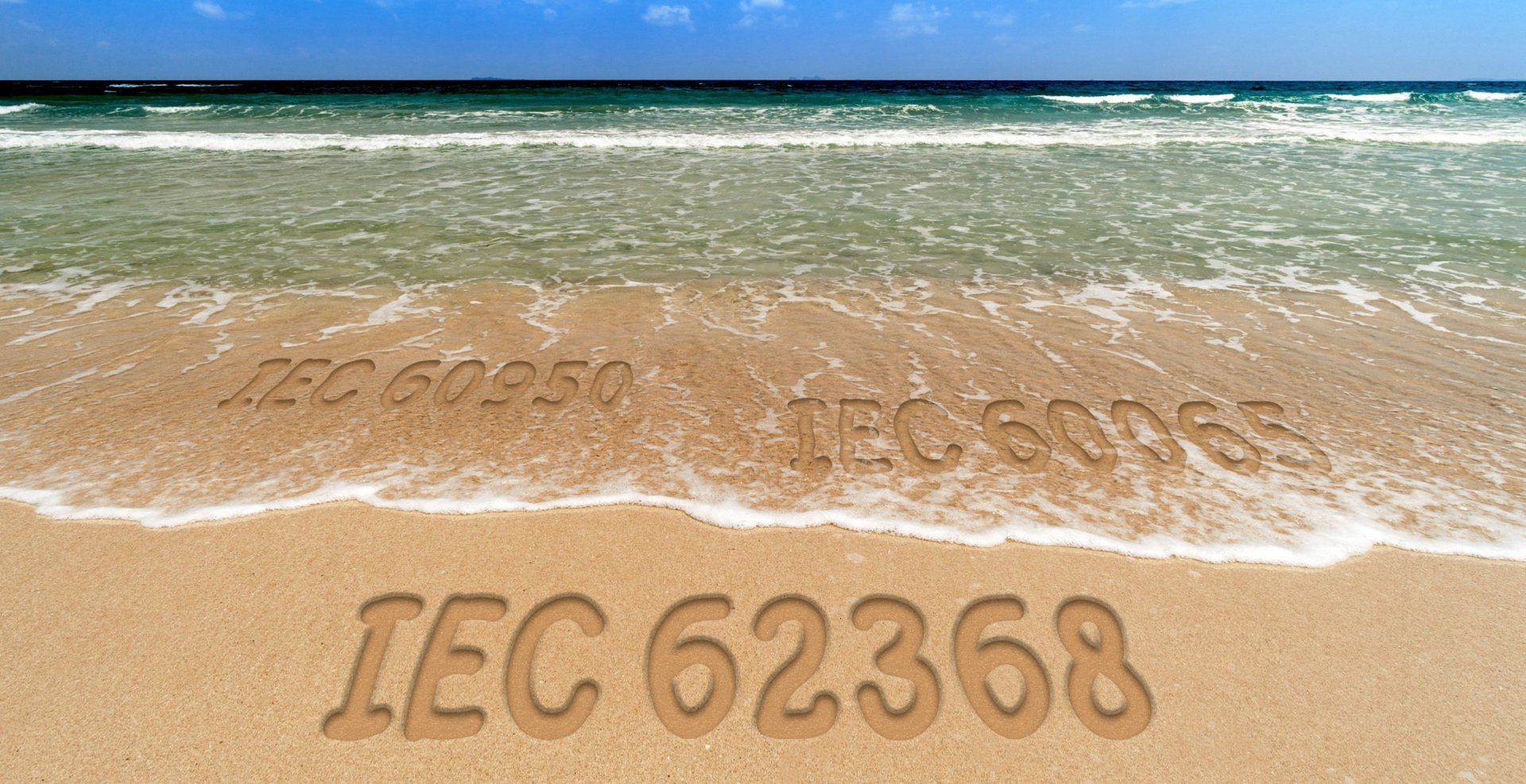
By Ben Winstanley
•
27 Oct, 2020
From December 20, 2020, the IEC 62368-1 is set to take over from the IEC 60950-1 and IEC 60065 for the new standard for ICT and AV equipment. It brings together two separate standards linking terminologies and key engineering tenets, this new standard will become law and be used throughout Europe and USA.
In Europe, the transition will be rapid and the expectation for all equipment to meet these new standards will be expected. Whereas, in the USA the transition will be slower starting with new submissions matching the standards and some existing products not having to be re-reviewed.
Why the change?
The IEC 62368-1 is a unified and smoother set of standards to follow internationally. It is here to revolutionise the approach for basic hazard safety, as new types of affordable products have emerged for use both leisurely and for business. Due to the constant changing state and technological advances blurs the lines between AV and ICT are blurred meaning the standards should begin to overlap
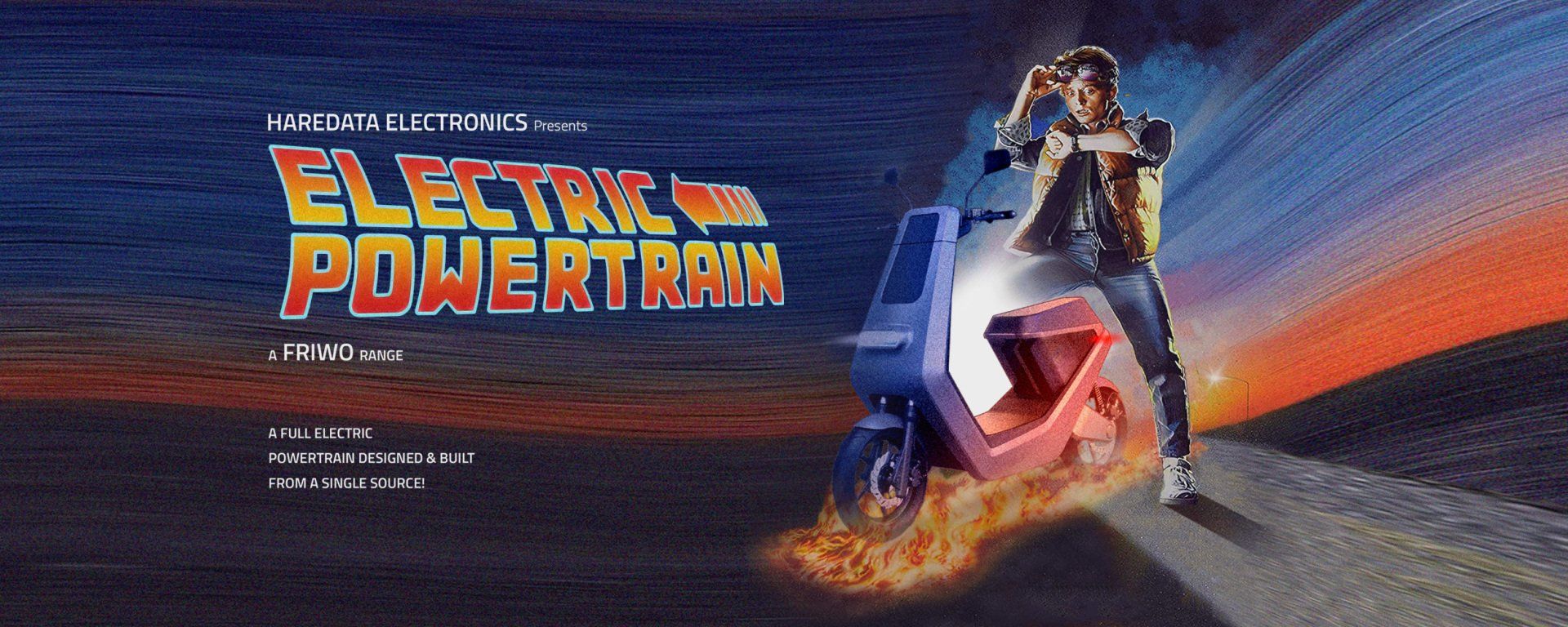
By Ben Winstanley
•
24 Aug, 2020
In a best effort to reduce our carbon footprint within the UK we are aiming to ban the sale and production of diesel, petrol, hybrid, and plug-in hybrid cars. Due to this, consumers will only be able to buy vehicles that run on electricity or hydrogen.
Just under 1/3 of our carbon emissions in the UK come from transport, whether that be personal or public. By removing the public’s access to cars that can produce emissions the government can control the public transport and how energy efficient that is. There are already several electric bus companies including some in our own area.
The Law
Since 2009 the previous government started to get the wheels turning on electric vehicles becoming the norm. However, the real impact came from the announcement of a legal ban on all non-electric or hydrogen cars being created from 2035, which had been moved forward from 2040. This does not mean you will have to get rid of your petrol car, but it does mean that any car you wish to purchase from this point will be electric
CONTACT US
01423 796240
hello@haredata.co.uk
Unit 6 Stoneacre
St James Business Park
Grimbald Crag Close
Knaresborough
HG5 8PJ
FOLLOW US!
OPENING HOURS
- Mon - Thu
- -
- Friday
- -
- Sat - Sun
- Closed
©2024 Kastronix Limited trading as Haredata Electronics
Registered in England No: 5649420 VAT No: GB613440575


